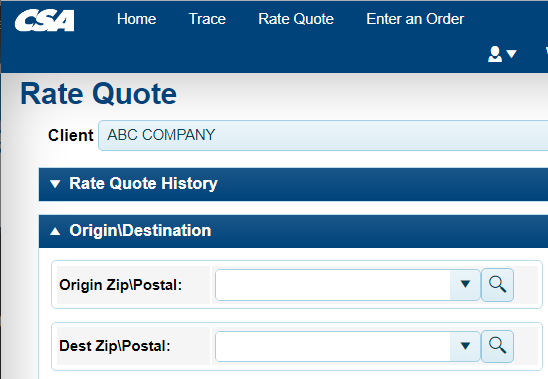Freight Claims: Guide in Lost & Concealed Damage Shipping Claims
As any driver knows, accidents can happen on the road. Nobody wants to deal with missing or damaged goods, but business owners must know how to deal with freight claims if the worst should happen. Lost or damaged freight is a challenge, even when dealing with the leading shipping companies. To help you navigate the shipping claims world, let’s discuss the six most common types of claims businesses are likely to encounter.
What are Freight Claims?
Any form of a freight claim is considered a breach of contract. The claim is always made by the shipper against the carrier. Reasons for claims could include damage, loss, or shortage. Within the legal framework of these claims is that the shipper must be “made whole” again. In other words, they need to be put back in the same place as they would have been if the shipment had been delivered without any problems. In real-world terms, this typically means monetary compensation of some kind.6 Types of Freight Claims
Not all claims are the same. While there are many types of claims, such as for concealed damage and lost freight, these are the six most common types of freight claims shippers and carriers are likely to encounter.
1. Freight Damage Claim
A damage claim is quite simple to understand. If there is obvious damage to the packaging of the shipment or the receiver mentioned damage on their proof of delivery document, the shipper has the right to make a freight damage claim. In most cases, shippers have nine months from the date of shipment to make a claim. However, there must be clear evidence. If approved, the carrier will refund a portion of the shipping costs.
2. Concealed Damage Freight Claims
Concealed damage claims are made when damage to the item isn’t immediately noticeable until after the delivery has been made. There will also be no notation on the proof of delivery document. These are more difficult to prove, and you only have a five-day window to make these types of freight claims due to the standardized concealed damage clause in most shipping contracts.
3. Shortage Claim
When a shipment has a shortage, and it’s noted on the proof of delivery document, you can make what’s known as a shortage claim. For example, you can make these claims if freight is missing or the packaging is no longer intact. You have nine months to file these types of claims.
4. Concealed Shortage Claim
The concealed shortage definition is when an item that is missing hasn’t been noted on the proof of delivery. In this case, the packaging will still be intact. There are only five business days in which to file one of these claims; otherwise, your claim will be denied.
5. Refused Claim
If the item is damaged, the shipment is late, or the wrong item was delivered, the receiver may refuse the shipment. In these cases, your carrier will ask whether you want the item back, shipped to another address, or whether it should be destroyed.
6. Loss Claim
Lost freight is a huge issue because it means your entire shipment has gone missing. The most common reason is when the paperwork becomes separated from the physical shipment. Your carrier will have a week’s grace period to track down your missing shipment. If they fail to find it, they must refund your shipping costs.
How to File a Freight Claim
Regular shippers may find themselves in the tough position of needing to make a claim. So, what should you do if you need to file a claim for any reason?
- Step One – Always accept the freight. Remember, shipping carriers will only cover the lost or damaged products rather than the whole shipment.
- Step Two – Document the damage. The proof of delivery document will be vital. Furthermore, photographs increase your chances of getting your claim approved.
- Step Three – Submit a Notice of Intent to the CSA Claim Department. You have 60 days after the delivery was completed to file your claim. Your Notice of Intent should include information, such as the date of shipment, pick-up, and delivery locations, along with the nature of the claim.
- Step Four – Retain all salvage during the claim period.
- Step Five – Before an investigation can be completed, freight charges must be paid in full.
- Step Six – Submit your claim package. Make sure the necessary documentation has been attached, including the Bill of Lading, freight pictures, proof of delivery document, proof of freight payment, and a copy of the supplier invoice.
With CSA Transportation freight claims, allow for a 30 to 90-day investigatory period. You will receive a formal letter explaining the investigation and whether your claim has been approved.
Conclusion
At CSA Transportation, we take any claims for lost or damaged freight seriously. Our professional shipping staff goes out of their way to provide you with world-class shipping and a transparent claims process. For the best in shipping and logistics, choose CSA Transportation and get your free shipping quote today.





